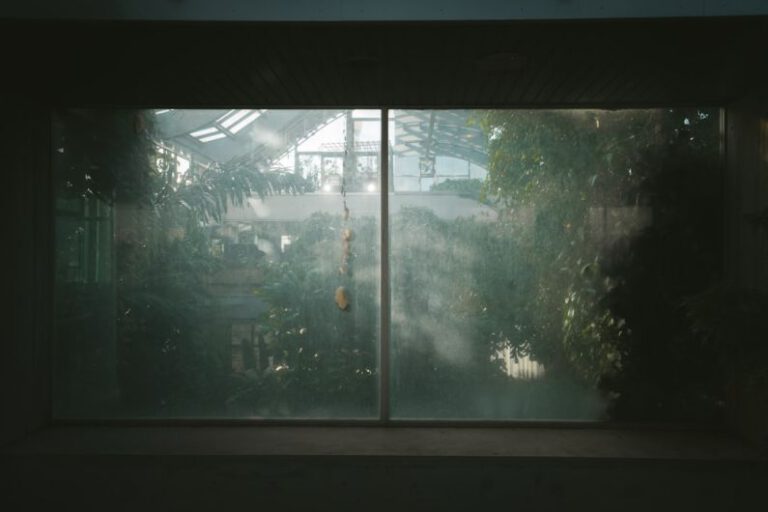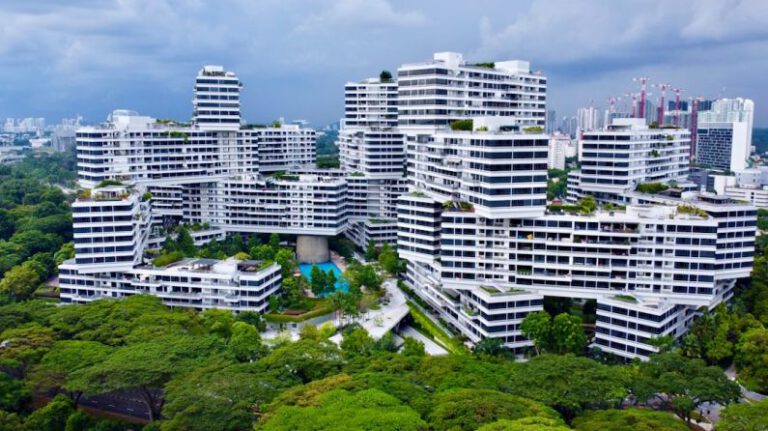Stockholm’s Eco-friendly Urban District: Hammarby Sjöstad
Located in the southern part of Stockholm, Hammarby Sjöstad is a shining example of sustainable urban development that has garnered international acclaim for its innovative approach to eco-friendly living. This waterfront district seamlessly blends modern architecture with green spaces, renewable energy sources, and efficient waste management systems, making it a model for future urban planning initiatives around the world.
A Green Oasis in the Heart of Stockholm
Hammarby Sjöstad stands out as a green oasis in the heart of Stockholm, offering residents a high quality of life while minimizing their environmental impact. The district is characterized by its environmentally conscious design principles, which prioritize sustainability and resource efficiency in every aspect of daily life. From energy-efficient buildings to extensive green roofs and lush parks, Hammarby Sjöstad sets the standard for eco-friendly urban living.
Sustainable Transportation Solutions
One of the key features of Hammarby Sjöstad is its emphasis on sustainable transportation solutions. The district boasts an extensive network of bike lanes and pedestrian-friendly pathways, making it easy for residents to get around without relying on cars. In addition, Hammarby Sjöstad is well-connected to the rest of Stockholm through efficient public transportation options, including buses and trams that run on clean energy sources. By promoting walking, cycling, and public transit, the district reduces its carbon footprint and encourages a healthier lifestyle among its residents.
Innovative Waste Management Systems
Hammarby Sjöstad is also renowned for its innovative waste management systems, which prioritize recycling and resource recovery. The district utilizes automated vacuum waste collection systems that transport household waste to a central processing facility, where it is sorted and recycled to minimize landfill waste. This approach not only reduces the environmental impact of traditional waste disposal methods but also promotes a circular economy where resources are reused and repurposed to create a more sustainable future.
Renewable Energy Integration
Another standout feature of Hammarby Sjöstad is its integration of renewable energy sources into everyday life. The district harnesses solar power through photovoltaic panels installed on rooftops, generating clean electricity to power homes and businesses. Additionally, Hammarby Sjöstad utilizes district heating and cooling systems that rely on renewable energy sources such as biomass and geothermal energy, reducing reliance on fossil fuels and lowering greenhouse gas emissions. By embracing renewable energy technologies, the district showcases the potential for sustainable energy solutions in urban environments.
Community Engagement and Education
Beyond its physical infrastructure, Hammarby Sjöstad fosters a sense of community engagement and environmental education among its residents. The district hosts regular sustainability workshops, eco-friendly events, and educational programs to raise awareness about environmental issues and promote sustainable living practices. By empowering residents to take an active role in shaping their community’s future, Hammarby Sjöstad creates a culture of environmental stewardship that extends beyond its borders.
A Blueprint for Sustainable Urban Development
In conclusion, Hammarby Sjöstad serves as a blueprint for sustainable urban development that prioritizes environmental stewardship, resource efficiency, and community engagement. By integrating green design principles, sustainable transportation solutions, innovative waste management systems, renewable energy sources, and community education initiatives, the district sets a new standard for eco-friendly living in urban areas. As cities around the world grapple with the challenges of climate change and urbanization, Hammarby Sjöstad offers a compelling example of how sustainable practices can be seamlessly integrated into the fabric of modern urban life, creating a more livable and resilient future for all.






